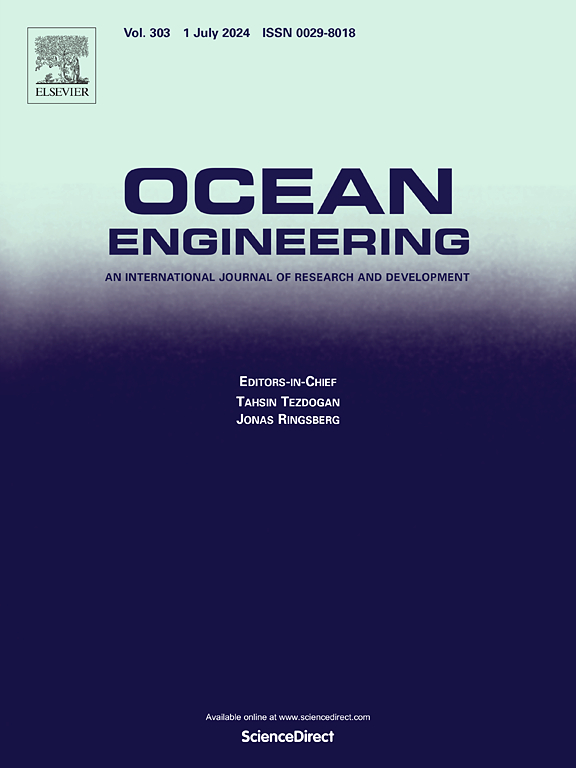预测 2023 年 10 月在日本纪伊半岛发生的神秘海啸
IF 5.5
2区 工程技术
Q1 ENGINEERING, CIVIL
引用次数: 0
摘要
2023 年 10 月 8 日,日本太平洋沿岸观测到海啸,但其成因却很复杂。我们采用海啸数据同化这种不考虑海啸源的预测方法来预测纪伊半岛的沿海海啸波形。我们同化了压力计(DONET)记录的近海观测数据,重建了海啸到达海岸前的波场。熊野、钏本和白滨的波形在海啸到达前至少 20 分钟得到了准确预报,这表明数据同化适用于海啸预警。定量分析显示,自 21:00(世界协调时)起,得分和准确度指数普遍上升。同时,我们通过分析移动均方根(MRMS)振幅,研究了海啸预警取消的海啸衰减过程。随着数据同化的进展,海啸后期的预测越来越准确,观测和预测的移动均方根振幅之间的误差也越来越小。总的来说,在沿岸验潮站对大约 22:00 时的海啸后期阶段的预测是令人满意的。因此,数据同化方法有助于海啸预警从发布到取消的全过程。本文章由计算机程序翻译,如有差异,请以英文原文为准。
Prediction of an enigmatic tsunami in October 2023 at Kii Peninsula, Japan
On October 8, 2023, a tsunami was observed along the Pacific coast of Japan, but its cause was complicated. We applied tsunami data assimilation, a forecast method that does not consider the source, to predict coastal tsunami waveforms in the Kii Peninsula. We assimilated offshore observations recorded by pressure gauges (DONET) and reconstructed the wavefield before the tsunami arrived at the coast. The waveforms at Kumano, Kushimoto, and Shirahama were accurately forecasted at least 20 min before the tsunami arrival, indicating that data assimilation is applicable for tsunami early warning. Quantitative analysis showed that the score and accuracy index generally increased since 21:00 (UTC). Meanwhile, we investigated the tsunami decay process for tsunami warning cancellation by analysing the moving root mean squared (MRMS) amplitude. As data assimilation progressed, the prediction of tsunami later phase became increasingly accurate, and the errors between observed and predicted MRMS amplitudes decreased. Overall, the tsunami later phase was satisfactorily predicted at approximately 22:00 at coastal tide gauges. Hence, data assimilation approach contributes to a comprehensive tsunami early warning process, from the issuance to cancellation.
求助全文
通过发布文献求助,成功后即可免费获取论文全文。
去求助
来源期刊

Ocean Engineering
工程技术-工程:大洋
CiteScore
7.30
自引率
34.00%
发文量
2379
审稿时长
8.1 months
期刊介绍:
Ocean Engineering provides a medium for the publication of original research and development work in the field of ocean engineering. Ocean Engineering seeks papers in the following topics.
 求助内容:
求助内容: 应助结果提醒方式:
应助结果提醒方式:


